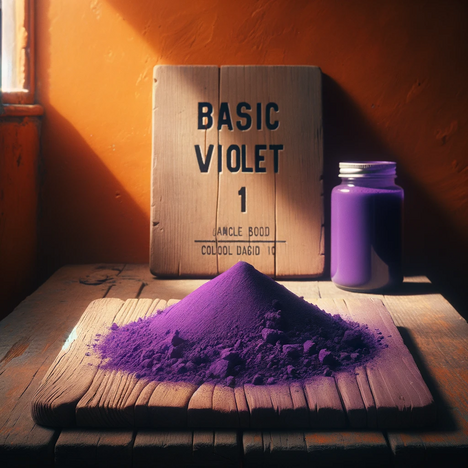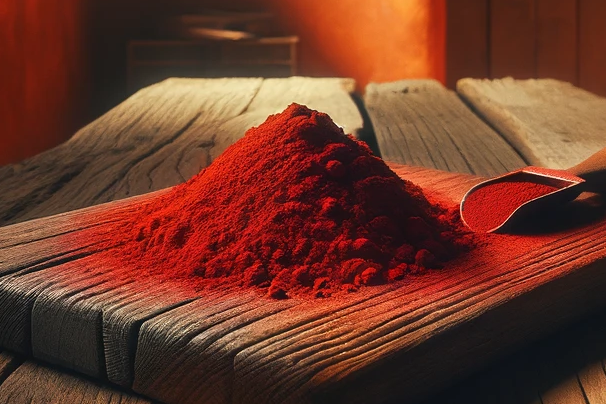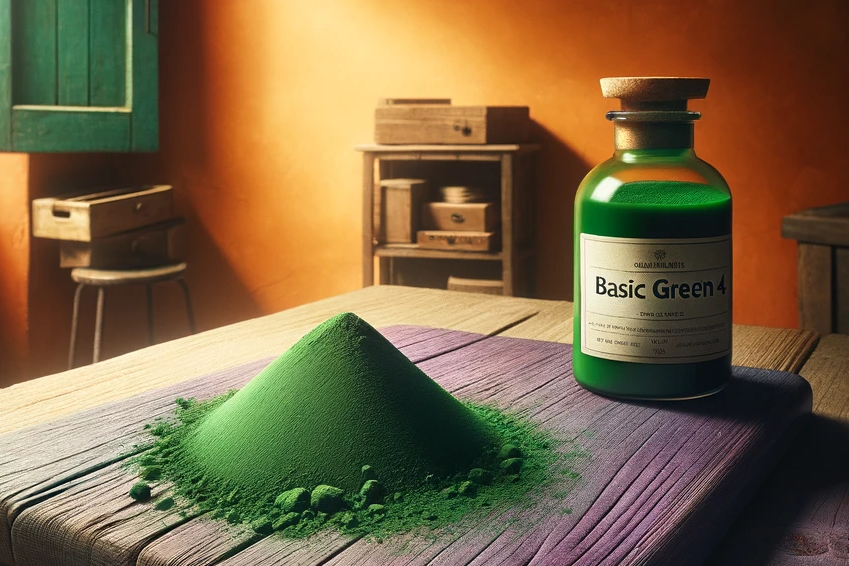Methyl violet

What is Basic Violet 1?
Basic Violet 1, also known as methylrosanilinium chloride or crystal violet, is a synthetic dye from the triphenylmethane dye family. Originally used in the textile industry and as a microscopic dye, this substance has found its way into various other areas, including animal care. Its antimicrobial properties make it a popular treatment for infections in animals, particularly fungal infections and certain skin conditions.
Benefits of Basic Violet 1
Antimicrobial effect
The most outstanding property of Basic Violet 1 is its ability to kill or inhibit the growth of a wide range of bacteria and fungi. This makes it a valuable tool in the treatment of skin diseases in dogs caused by fungi and bacteria.
Versatile application
Basic Violet 1 is not only used in medicinal ointments and solutions, but also in some dog care products. It can help in the treatment of ear infections, small wounds and even some forms of dermatitis.
Disadvantages and risks
Toxicity
Although Basic Violet 1 is prized for its antimicrobial properties, studies indicate that it can be toxic to dogs (and humans) if used improperly. Ingestion of large amounts can lead to liver damage, nausea, vomiting and other health problems.
Limited availability
Due to its potential toxicity and strict regulation by health authorities, Basic Violet 1 is not approved for use in animals in all countries or only under certain conditions. This limits its availability and use in animal care.
Development of resistance
As with many antimicrobials, there is a risk of bacteria and fungi developing resistance to Basic Violet 1. This can reduce the effectiveness of the dye over time and make the treatment of infections more difficult.
Basic Violet 1 is a prime example of how a substance from the laboratory can find a useful place in veterinary medicine and care. Its antimicrobial properties offer valuable benefits in the treatment of skin conditions and infections in dogs. However, it is important to keep in mind the potential toxicity and risks of resistance development.
Properties 11
Are you looking for other ingredients with a specific property?
Just click on them to find more.
If you notice any signs of hypersensitivity or poisoning in your dog, you should see your vet immediately. We are not a substitute for a vet, but we try to be as accurate as possible. Every dog reacts differently and we recommend you get a second opinion or consult your vet if in doubt.
Stay healthy and take good care of your four-legged friend!😊
Similar to Methyl violet
A colorful history Methylene blue, chemically known as tetramethylthionine chloride, is a synthetic dye that was originally used in the textile industry and later in microscopy to stain biological...
Basic Red 22 is a cationic cyanine dye with the chemical formula C_23H_25N_3. It has the CAS number 12221-52-2 and is one of the regulated ingredients in the EU Cosmetics Regulation. It has a blue...
Basic Green 4 is a cationic dye from the group of triphenylmethane dyes. It has the molecular formula C23H25CIN2 and a molar mass of 482.64 g/mol. It has a dark green color with a metallic sheen and...
Basic Yellow 2 is a chemical compound with the molecular formula C17H22ClN3. It has a yellow color and is soluble in water or ethanol. Its other name is Auramine O or Gumamine O. It was first...



